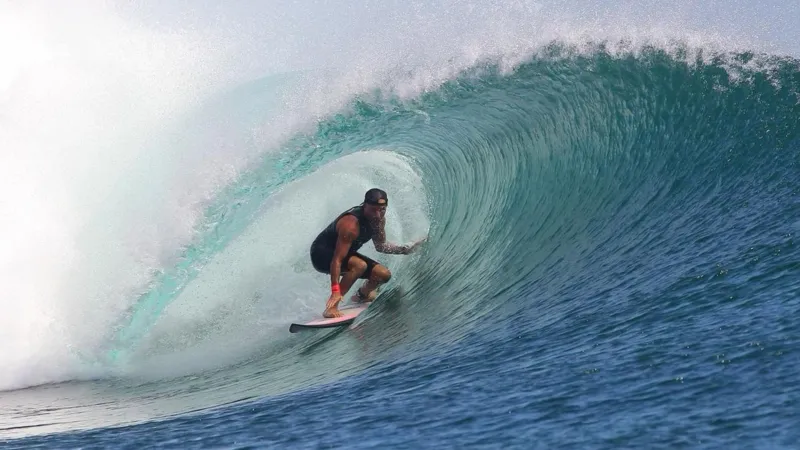Surfing in Australia is not just a sport, it has become a defining part of the country’s cultural identity and a significant economic driver. Since its introduction to Australian shores more than a century ago, surfing has grown into a lifestyle practiced by millions, bringing locals, tourists and enthusiasts together over a shared love of the ocean. Recent research by the Australian National University (ANU) highlights not only the cultural importance of surfing but also its significant economic impact, with the sport contributing more than A$3 billion annually to the Australian economy. However, this fast-growing sector faces threats from coastal erosion, climate change and competing interests for coastal locations. Protecting Australia’s iconic surf breaks is vital not only to preserve a beloved pastime but also to maintain an economic engine that supports thousands of jobs and businesses across the country. The economic impact of surfing in Australia Surfing in Australia is more than just a hobby; it’s a significant contributor to the economy. According to research by the ANU, the sport contributes at least A$3 billion to the national economy each year. This figure, while significant, may also be conservative as it focuses primarily on adult surfers and does not fully include the expenditures of children, overseas tourists or professional surfing revenues. From surf schools to cafes, restaurants and surf shops, the entire local economy depends on activities associated with surfing. “It’s like a surf economy; cafes, restaurants, surf shops, accommodation. Yeah, it’s good. Love it,” says Matt Grainger, who has been running the Manly Surf School in Sydney for 30 years.
The direct spending of more than 720,000 active adult surfers, averaging A$3,700 a year, contributes significantly to the vibrancy and financial stability of coastal communities. This figure includes expenditure on surfing equipment, apparel, travel, accommodation, food and other related services. Additionally, the surfing lifestyle promotes sustainable tourism, attracting visitors from around the world who come not only to ride the waves but also to experience the natural beauty of Australia’s coasts.
Surf breaks: a natural resource under threat
Despite their economic and cultural importance, the natural resources that make surfing possible are increasingly under threat. Surf breaks, the areas where ocean waves begin to break and create surfable waves, are a delicate balance of natural forces. Factors such as seafloor contours, ocean currents, wind conditions and water quality play a key role in shaping these breaks. However, climate change, coastal development and other human activities are threatening these important natural assets.
Dr Ana Manero, a specialist in water economics and governance at ANU’s Crawford School of Public Policy, highlights that the value of these surf breaks is well recognised by surfers and local communities, but they often fall into a “blind spot” for policymakers. “Unfortunately, due to climate change, coastal erosion and competition for coastal locations, the elements that make these high-quality waves possible are under threat on many occasions,” explains Dr Manero.
The risks are not hypothetical. Previous experiences have shown how easily surf breaks can be damaged or destroyed. In northern Spain, waves near the town of Mundaka disappeared due to changes in the sandbar following dredging in a nearby river. Similarly, in Perth, the expansion of a marina caused three surf breaks to disappear in 2022, prompting the proposal for artificial reefs to restore them.
Legal protection of surf breaks needed
The ANU study shows that more comprehensive legal protection is necessary to protect these natural assets. Currently, only a limited number of surf breaks in Australia, such as Bells Beach in New South Wales and Victoria, have formal protection. The researchers argue that this is insufficient given the threats these sites face. They propose drawing lessons from other countries where more robust measures are in place.
For example, Peru has enacted “La Ley de Rompientes” or “the Law of the Surf Breaks” specifically to protect these natural resources from development and environmental damage. New Zealand offers another model with its existing parliamentary act and complementary policy, which recognizes the importance of surf spots at national, regional and local levels. The protection they receive is commensurate with their importance to the surfing community.
Adopting a similar framework in Australia could ensure that surf breaks, particularly those that do not attract global attention but are still valuable to local communities, are protected for future generations. As Dr. Manero explains, “I am more concerned about the waves that do not appear on a world-class map, but they provide value for people like you and me.”
